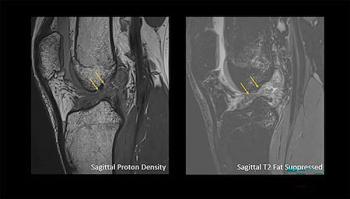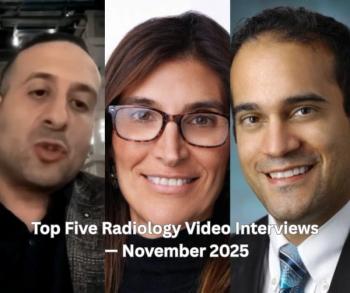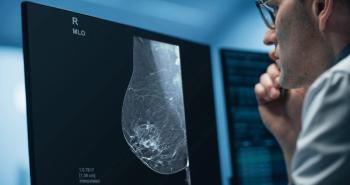
Diasonics, Silicon Graphics team up
Diasonics signed a cooperative technological partnership lastmonth with Silicon Graphics, a Mountain View, CA, image processingworkstation supplier. Although the medical vendor may use complete Silicon Graphicsworkstations in future products, Diasonics
Diasonics signed a cooperative technological partnership lastmonth with Silicon Graphics, a Mountain View, CA, image processingworkstation supplier.
Although the medical vendor may use complete Silicon Graphicsworkstations in future products, Diasonics is most interestedin obtaining component computer technology for insertion intoits own imaging and therapeutic systems, said Ted Driscoll, chieftechnical officer.
The agreement should help Diasonics keep on top of general-purposecomputer and image processing technology, while devoting its ownR&D resources to proprietary medical applications, he said.
"We were looking for a way to remain competitive throughthe 1990s and into the 21st century," Driscoll said.
Technical competitiveness was defined by Diasonics accordingto several criteria:
- having products that perform well;
- selling those products at a good price/performanceratio;
- maintaining short development cycles; and
- hiring engineers who are knowledgeable about the vendor'stechnical environment.
"All of these factors drove us toward the use of standardarchitectures," Driscoll told SCAN.
Diasonics was impressed by Silicon Graphics' participationin the Advanced Computing Environment (ACE) consortium of 21 majorcomputer vendors formed earlier this year. ACE supports the useof Unix operating software on reduced instruction set computing(RISC) microprocessor technology developed by MIPS Computer Systems(SCAN 4/24/91).
"We are not a name partner (in ACE), but we will go alongfor the ride," he said.
Silicon Graphics was also an optimal compromise between small(and potentially unstable) technology-focused companies and largergeneral-purpose workstation firms, Driscoll said.
The technological partnership will allow Silicon Graphics tolearn more about clinical medical imaging applications as well.Silicon Graphics is a supplier of three-dimensional workstationsto medical researchers and other specialized users, but the firmhas focused more on OEM sales lately, he said.
Image processing will become increasingly important in ultrasound,Diasonics' prime imaging business, over the next decade. Whilecomputer applications such as 3-D ultrasound remain on the fringeof medical imaging, this will change over time, he said.
"We do see the third dimension becoming clinically valuablein the 1990s. That is one of the reasons we are orienting ourselvesto the high end in visualization hardware," Driscoll said.
BRIEFLY NOTED:
- Toshiba America Medical Systems entered the vascular ultrasoundmarket last month with the introduction of specialized softwareand a transducer designed for vascular work. The 7.5-MHz high-frequencyprobe is offered on both the SSA-270A and SSH-140A ultrasoundsystems. It incorporates wideband imaging over a range of frequencies.
"The ability to send and receive ultrasound echoes overa broad bandwidth has been receiving a lot of attention from (ultrasound)manufacturers recently," said Rick E. Smith, TAMS vice presidentof ultrasound business operations. "Toshiba systems, on theother hand, have been performing wideband imaging for many years,which is one contributing factor to our excellent penetrationand image quality."
ATL incorporated broad-bandwidth technology into the most recentupgrade of its Ultramark 9 system (SCAN 6/19/91).
Newsletter
Stay at the forefront of radiology with the Diagnostic Imaging newsletter, delivering the latest news, clinical insights, and imaging advancements for today’s radiologists.




























